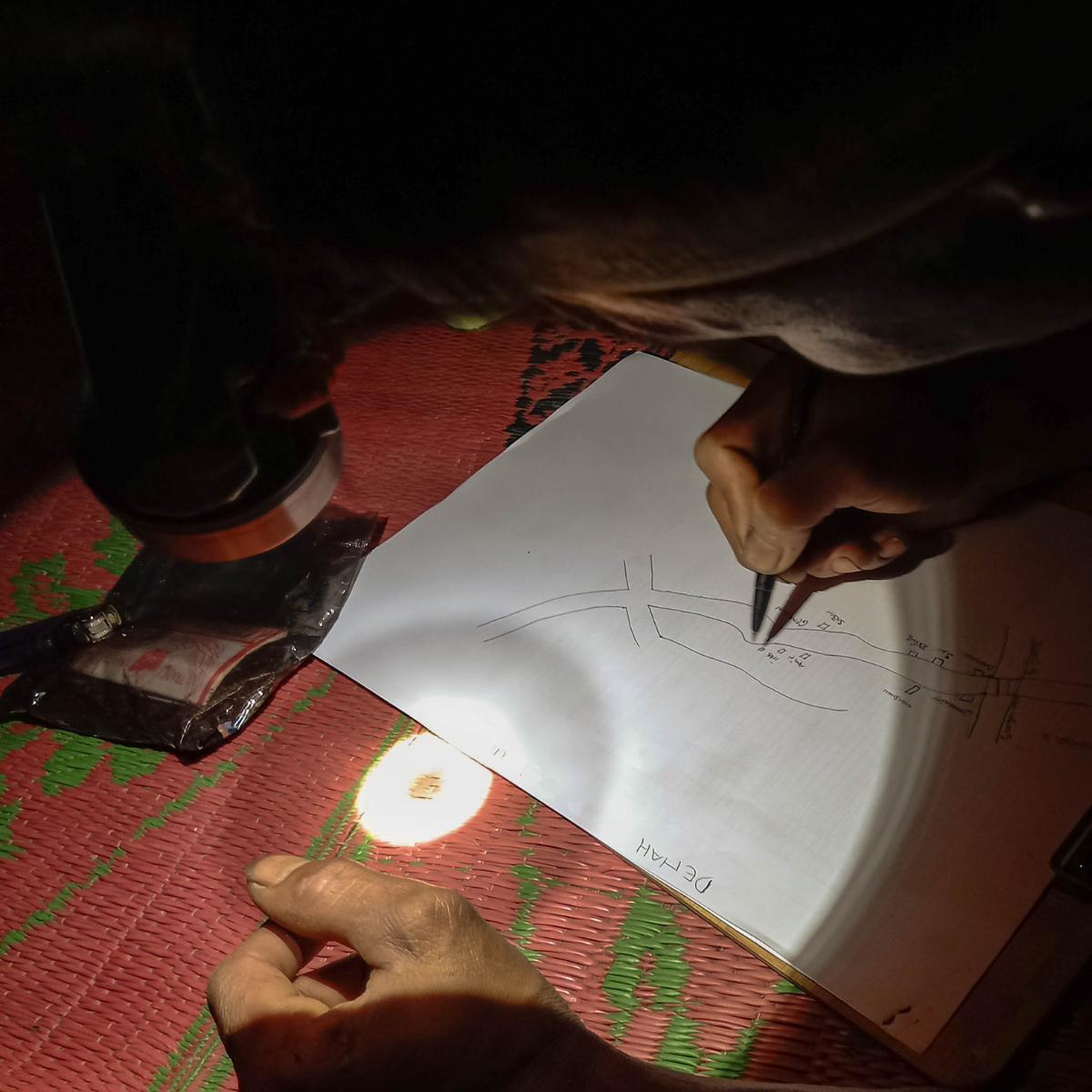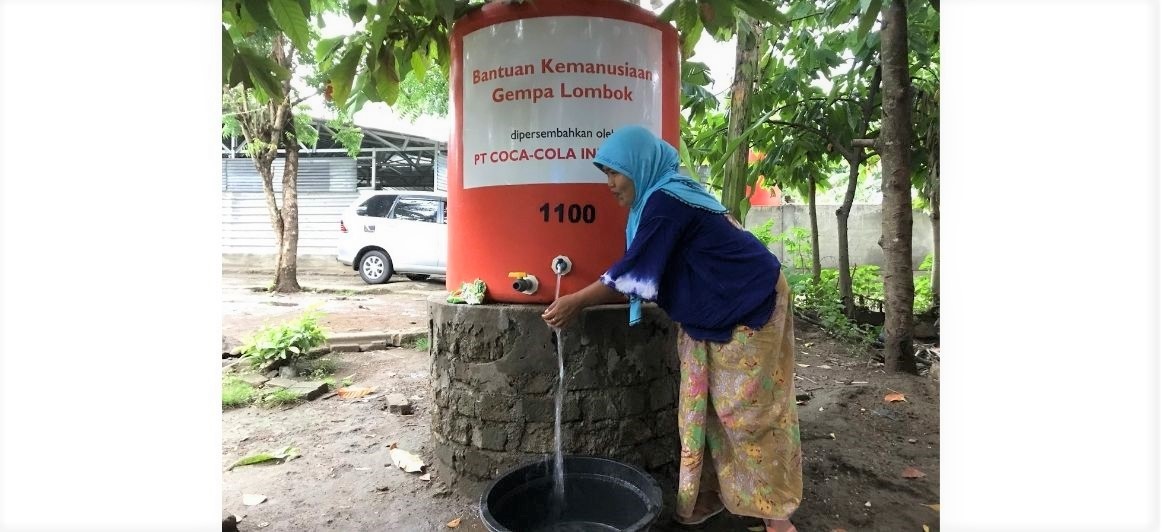Belajar dengan Penerangan Ramah Lingkungan

Electricity is a basic human need. However, some residents in Bengkayang Regency, West Kalimantan Province, do not yet have access to electricity. There are 603 houses with an estimated population of 2,307 people (adults and children) in 2020. The absence of electricity greatly hampers the community's activities at night, especially when children have to study or do assignments from school.
Targeting this need, Wahana Visi Indonesia in collaboration with BNI Berbagi provided access to electricity for 23 houses and 1 Pondok Bersalin Desa or Polindes in one of WVI's assisted village neighborhoods. By utilizing solar panels, currently 481 people in the RT can enjoy electricity. These electricity-generating solar panels are an environmentally friendly technology because they use renewable energy.
"When there was no electricity, every night I studied using a lamp. But now it is easier for me to study because there is electricity in our village," said Mustalika, one of the children in the village.
The process of providing electricity begins with socialization to the beneficiaries. After that, the community developed a plan and mapped out the risks so that the gotong royong could run smoothly. The community helped the solar panel installers bring the necessary materials to the village. This greatly facilitated the installation process as the targeted neighborhoods could only be accessed by motorcycle or on foot for 7 km, and had to cross a suspension bridge.
"After waiting for so long, electricity finally came to our village. Now we can enjoy good lighting. This is very beneficial, especially for children," said Malikus Saleh, the head of the neighborhood association.
By witnessing the process of installing solar panels and electricity at home, each beneficiary household also gained insight into how to repair them if there is any damage. When the inauguration and handover activities were carried out, each beneficiary family head also committed to caring for and utilizing the environmentally friendly lighting facilities in their respective homes.
With electricity in the house, children can now study at night. Mothers can complete household tasks more freely. Now there is also more time for residents to do family or community activities. All because lighting has entered the village.


